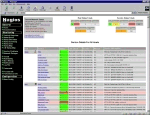
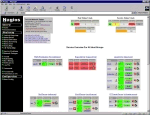
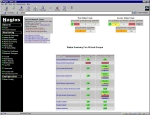
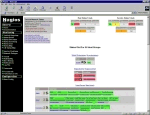
Introduction
The various CGIs distributed with Nagios are described here, along with the authorization requirements for accessing and using each CGI. By default the CGIs require that you have authenticated to the web server and are authorized to view any information you are requesting. For more information on configuring your web server and CGI configuration file to allow for this, read the sections on setting up the web interface and CGI authorization.
Index
Status CGI
Status map CGI
WAP interface CGI
Status world CGI (VRML)
Tactical overview CGI
Network outages CGI
Configuration CGI
Command CGI
Extended information CGI
Event log CGI
Alert history CGI
Notifications CGI
Trends CGI
Availability reporting CGI
Alert histogram CGI
Alert summary CGI
| Status CGI |
 |
 |
 |
 |
| File Name: | status.cgi |
|
Description:
Authorization Requirements:
|
| Status Map CGI |
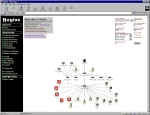 |
| File Name: | statusmap.cgi |
|
Description:
Authorization Requirements:
Note: Users who are not authorized to view specific hosts will see unknown nodes in those positions. I realize that they really shouldn't see anything there, but it doesn't make sense to even generate the map if you can't see all the host dependencies... |
| WAP Interface CGI |
 |
| File Name: | statuswml.cgi |
|
Description:
Authorization Requirements:
|
| Status World CGI (VRML) |
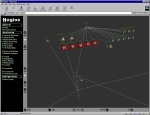 |
| File Name: | statuswrl.cgi |
|
Description:
Authorization Requirements:
Note: Users who are not authorized to view specific hosts will see unknown nodes in those positions. I realize that they really shouldn't see anything there, but it doesn't make sense to even generate the map if you can't see all the host dependencies... |
| Tactical Overview CGI |
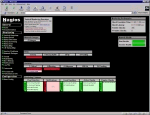 |
| File Name: | tac.cgi |
|
Description:
Authorization Requirements:
|
| Network Outages CGI |
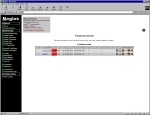 |
| File Name: | outages.cgi |
|
Description:
Authorization Requirements:
|
| Configuration CGI |
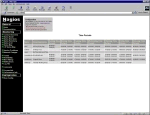 |
| File Name: | config.cgi |
|
Description:
Authorization Requirements:
|
| Command CGI |
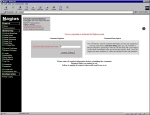 |
| File Name: | cmd.cgi |
|
Description:
Authorization Requirements:
|
| Extended Information CGI |
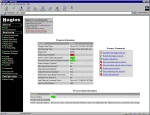 |
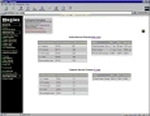 |
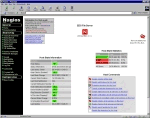 |
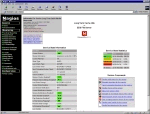 |
| File Name: | extinfo.cgi |
|
Description:
Authorization Requirements:
|
| Event Log CGI |
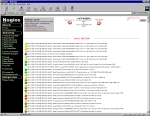 |
| File Name: | showlog.cgi |
|
Description:
Authorization Requirements:
|
| Alert History CGI |
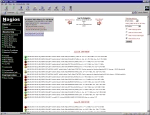 |
| File Name: | history.cgi |
|
Description:
Authorization Requirements:
|
| Notifications CGI |
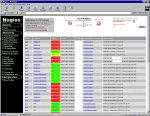 |
| File Name: | notifications.cgi |
|
Description:
Authorization Requirements:
|
| Trends CGI |
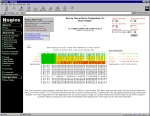 |
| File Name: | trends.cgi |
|
Description:
Authorization Requirements:
|
| Availability Reporting CGI |
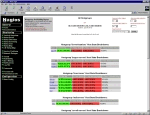 |
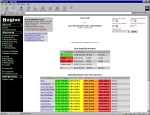 |
| File Name: | avail.cgi |
|
Description:
Authorization Requirements:
|
| Alert Histogram CGI |
 |
| File Name: | histogram.cgi |
|
Description:
Authorization Requirements:
|
| Alert Summary CGI |
 |
| File Name: | summary.cgi |
|
Description:
Authorization Requirements:
|